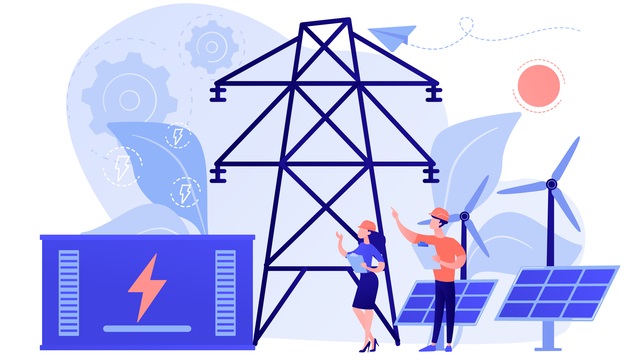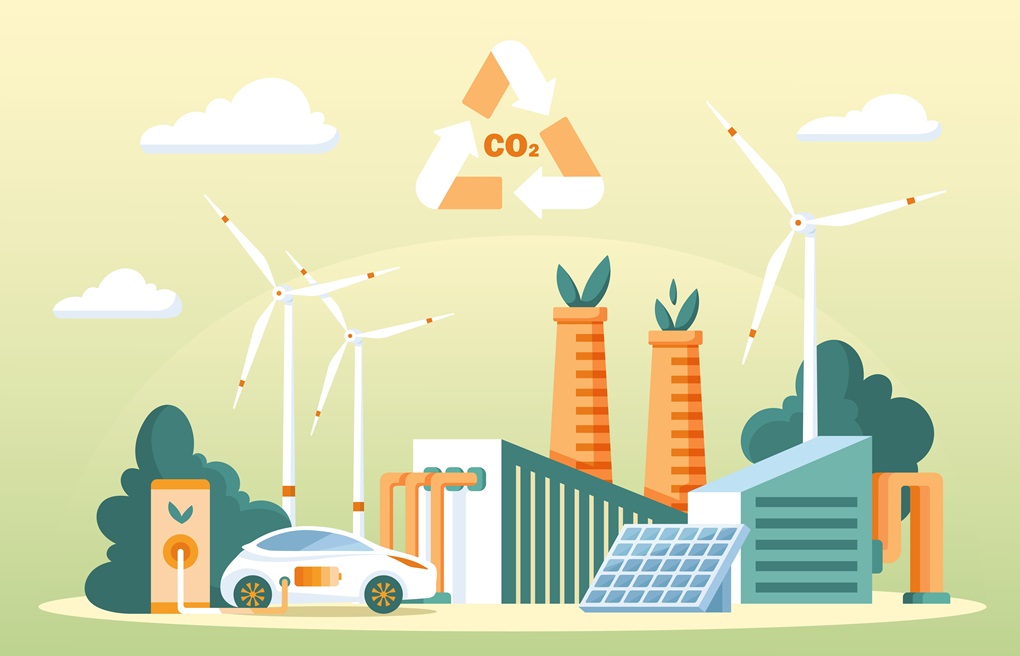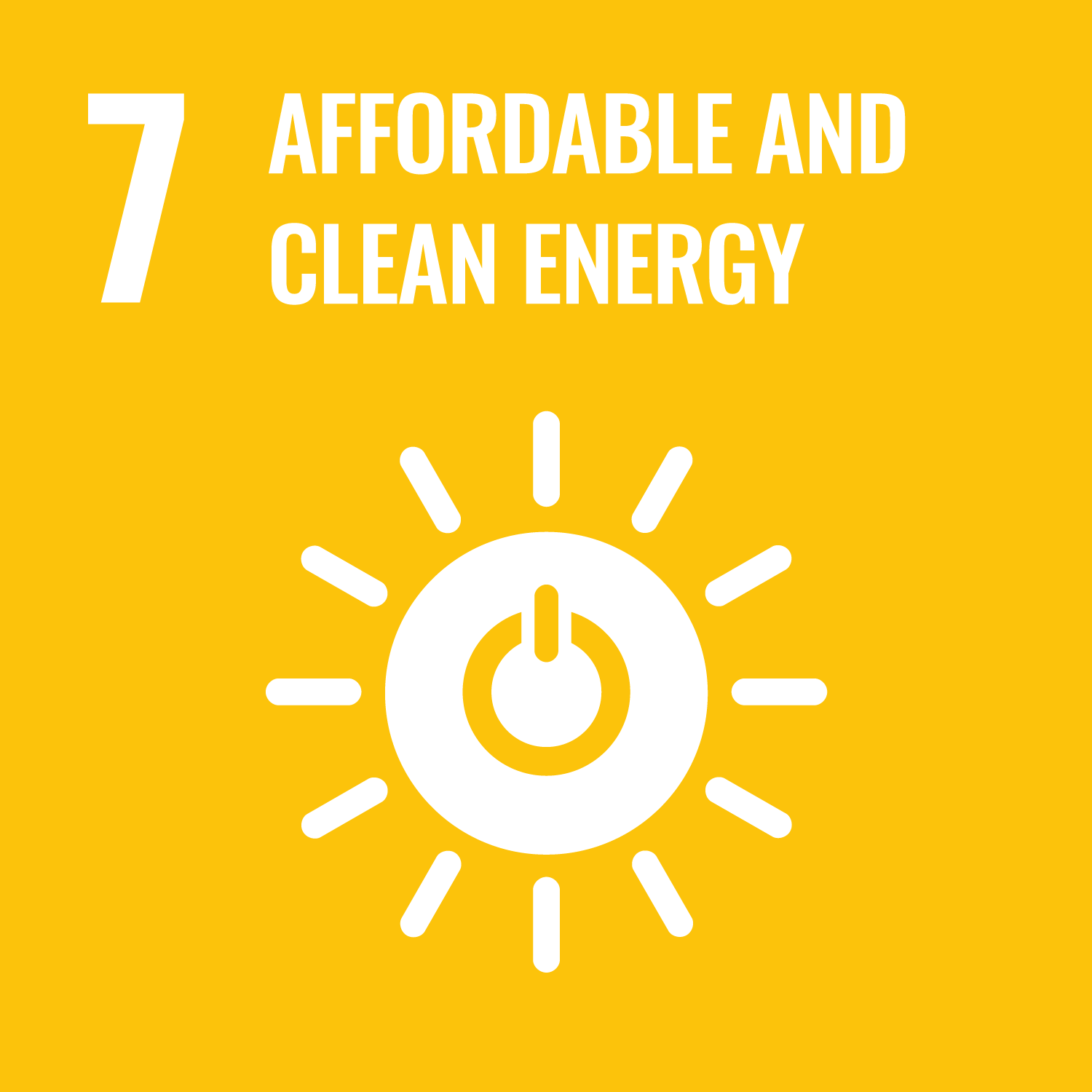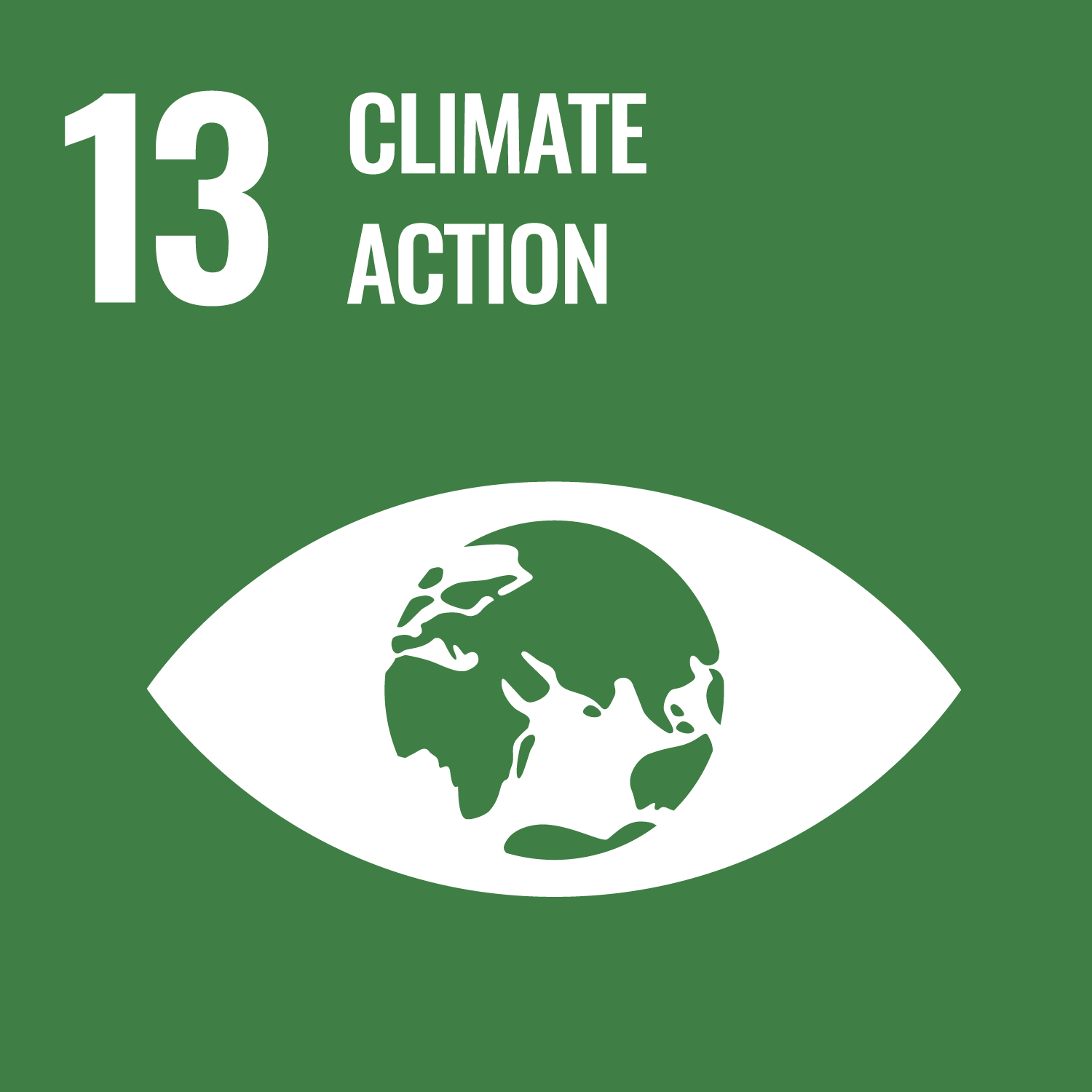Journey to Carbon Neutrality for Sophia
- Sophia School Corporation
Developments in de-carbonizing Sophia
2020

Sophia introduced the Premium Zero Plan, an electricity procurement scheme that allows us to use 20 million kWh per year of renewable energy, which amounts to 95% of the electric power used at our main Campus in Tokyo.
*100 Renewable No greenhouse gases are emitted as power is sourced from renewable energy, such as solar, wind and biomass, and does not include nuclear or fossil sources. (We do not use Non-fossil Fuel Certificates (NFCs) to offset fossil fuels.)
2021

We switched our entire natural gas consumption to carbon-neutral LNG*.
We use city gas that offsets the greenhouse gas equivalent emitted from natural gas extraction to combustion with the greenhouse gas equivalent absorbed through forest conservation and afforestation, etc ; and therefore, we virtually emit no greenhouse gases.
2022
Yotsuya Campus accounts for 94.2% of the energy collectively consumed at Sophia University’s major campuses※1 (Figure 1). By energy type, electric power accounts for 77.1% and city gas (LNG※2), 22.8%. Fuels (heavy oil, etc.) are used for heating, etc. at Hadano Campus, but accounts for a very small fraction. (Figure 2)


Greenhouse gases emitted by facilities on main campuses include not only those from energy use, but also emissions associated with water use, sewage, and waste treatment. Greenhouse gas emissions were estimated based on such use and waste volumes in fiscal 2022※3 . Greenhouse emissions (CO2 equivalent) in fiscal 2022 amounted to 13,846 tons, with electric power consumption accounting for around 73.1% and city gas (LNG), for around 23.1% (Figure 3). From fiscal 2020 through fiscal 2021, Sophia University has procured 100% renewable power for our main campuses. In fiscal 2021, Sophia University procured carbon neutral LNG※4 for the Yotsuya and Mejiro Seibo campuses. This has led to substantially net zero greenhouse gas emissions from electric power and city gas use, with the exception of some facilities, thus significantly reducing emissions by around 94.9%.
※1 Energy consumption in fiscal 2022
※2 Liquefied natural gas
※3 Estimations for emissions from water use and sewage are based on the emission coefficient under the Tokyo Cap & Trade scheme.
Waste volume estimations were conducted for the Yotsuya and Mejiro Seibo campuses based on LCI Database IDEA Version 2.3 (copyrighted work by the Research Institute of Science for Safety and Sustainability, National Institute of Advanced Industrial Science and Technology (AIST) and Sustainable Management Promotion Organization)
※4 Virtually zero-emission LNG that has offset greenhouse gas emissions generated from well to combustion with credits
※5 Rented areas and dormitories, etc
2023

From June 1, 2020, when Sophia University introduced 100% renewable electricity at Yotsuya Campus (Chiyoda-ku, Tokyo), it has been gradually introducing renewable electricity at its other campuses. The remaining low-voltage power used at Hadano Campus is now sourced by 100% renewable electricity (*1) as of November 2023.
As a result, the electricity used on all Sophia University campuses, which collectively amount to approximately 22 million kwh per year, has been replaced by renewable energy which virtually does not emit carbon dioxide. We have achieved the target set by the Renewable Energy University League of Japan to convert all electricity used on campus to renewable power during 2030-40 ahead of schedule. (*2)
Note 1: The renewable electricity is in line with the criteria set out by RE100, a global initiative.
Note 2: Electricity consumption in FY2022.
Renewable Energy University League Website: https://www.re-u-league.org/about-1/
This excludes off-campus dormitories, leased properties where we bear no authority, and meter-rate/flat-rate lighting.
Comparison with other academic institutions
Updated feedback from Tokyo Metropolitan Gov. Cap and Trade Scheme (2019)
Sophia University emits a relatively large amount of CO2 compared to the average for academic institutions in Tokyo (AC av.). However, estimates for FY 2020, show that its emissions will be less than the top 25% emitters.



